Mr. Vu Van Tien - Principal of Hanoi National University of Education High School for the Gifted: Choosing subjects to do from junior high school
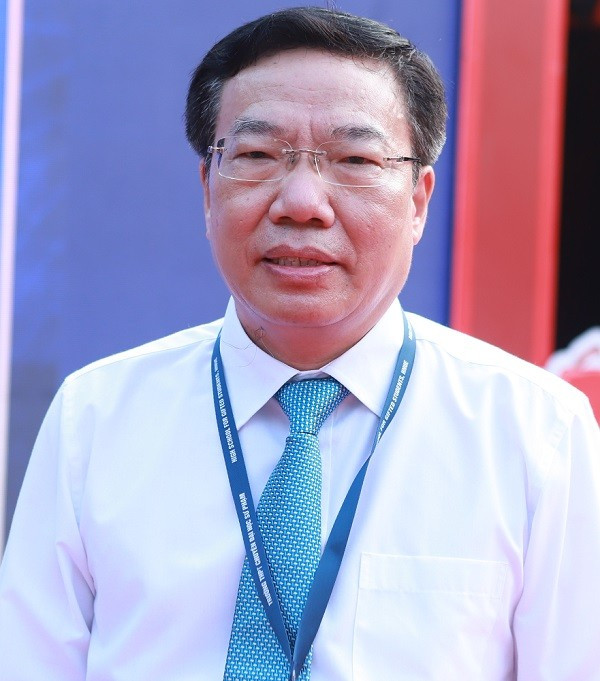
Each student has their own strengths, career orientation and aspirations, leading to the need to choose a variety of subjects. Universities also build many different groups of subjects for admission, requiring students to choose suitable subjects early to increase their chances of admission. This puts pressure on high schools in designing subject groups.
If secondary school students pass the entrance exam to high school and schools let them try out the course before making an official choice, it would be quite good, but in reality, this is difficult to do. According to the regulations of the Ministry of Education and Training and the Department of Education and Training, schools are not allowed to study in advance but only organize teaching according to the school year framework, so there is no time.
In terms of classroom facilities and teaching staff, most schools in Hanoi are “stretched” so it is not possible to teach extra hours and classes as required. Students and parents are not enthusiastic about studying many subjects, especially those they do not choose.
Therefore, instead of trial lessons, students and parents will base on a number of factors such as their strengths, talents, interests; orientation after graduation; advice from teachers, family, friends to choose suitable subjects. Subject orientation must be done from middle school to high school.
With the subject selection orientation, the school will advise according to the students' strengths. Students who study natural sciences will choose the following subjects: Physics, Chemistry, Biology and Informatics. Students who study social sciences will choose social subjects: Geography, Economic Education & Law. Many students choose Physics and Informatics to consider in the university entrance exam combination later.
Ms. Phan Thi Hang Hai - Principal of Kim Ngoc High School (Vinh Phuc): Survey students' wishes early

At Kim Ngoc High School, the construction of groups of elective subjects according to the 2018 General Education Program is seriously implemented, based on students' wishes and the current situation of the teaching staff.
Students consciously choose subjects according to career orientation, but most still focus on traditional combinations such as: Math - Physics - Chemistry; Math - Literature - English, causing an imbalance between subject groups.
Career orientation for students entering grade 10 is still difficult because most students and parents do not understand clearly and do not have specific orientation. The problem of choosing subjects sometimes follows the majority, leading to constant changes in wishes. The problem of the teaching staff in some specific subjects such as Fine Arts and Music is also an obstacle.
To overcome the above difficulties, the school has organized an early survey of wishes, let students try out and adjust the subjects after the experience. Career counseling has been enhanced, especially when students start to be admitted, and coordination between teachers and parents has been enhanced.
The General Secretary’s suggestion of inviting artists and painters to teach is an open direction to develop students’ comprehensive capacity, helping them have the best conditions to access professional staff and suitable subjects for their talents. However, issues of funding, how to socialize, whether facilities in schools are guaranteed, etc. are still obstacles that need to be resolved. Management agencies need to have specific instructions and an open, flexible mechanism in organizing and mobilizing resources to both meet aspirations and suit local conditions.
Developing elective options is a complex process that requires a balance between personal aspirations and practical capabilities. By adopting flexible, student-centered solutions, schools can optimize their curriculum, equipping students with the knowledge and skills they need to succeed in the future.
Mr. Nguyen Van Hoang - Principal of Kim Boi Primary and Secondary School (Hoa Binh): Taking advantage of existing advantages

In reality, many students after graduating from junior high school do not have a clear career orientation, leading to choosing subjects based on feelings or trends. Schools should organize detailed surveys of students' wishes from the end of junior high school and the beginning of high school about their favorite subjects and career orientation.
Then assess the number of students enrolled in each subject and group of subjects to forecast demand and plan the allocation of teachers and classrooms. If a school cannot afford to open a class for a subject with few students, it can cooperate with neighboring schools so that students from different schools can study together in a central location.
We have some available advantages such as: Enough subject teachers and facilities, classrooms serving teaching and learning of Art; having multi-purpose hall, playground and practice ground to meet the requirements of Physical Education and sports activities. The school always receives support from parents when carrying out collective activities for students.
However, if the school invites professional singers, artists, and athletes to teach students, the school does not have the finances to pay for it. Organizing sports activities with many students requires a number of supporting teachers to manage them. The school also does not have a swimming pool to organize swimming lessons for students during the summer, so there are many limitations.
Mr. Huynh Linh Son - Vice Principal of Ngo Thoi Nhiem Primary - Secondary - High School (HCMC): We cannot "sit back and watch the flowers"

At Ngo Thoi Nhiem School, the Board of Directors always clearly identifies: To build a group of subject combinations, the first thing to do is to ensure the facilities. Students have the need to study subjects such as Music, STEM, AI... but if the school does not have the necessary classrooms and equipment, it is just "riding a horse to see the flowers".
Therefore, adequate facilities and infrastructure are prerequisites for effective organization of subject combinations. Of course, to implement the 2018 General Education Program with full subject combinations for students to choose from as at Ngo Thoi Nhiem School system, in addition to facilities, the problem of human resources must also be solved.
In fact, with the private education sector, the physical facilities depend on each school. For example, schools with their own campus and do not have to rent premises will have more advantages than those that rent premises. Renting premises is often limited in space and cannot be built or renovated as desired.
At Ngo Thoi Nhiem School system, with 98% of permanent teachers, from subjects to Physical Education, Music, Fine Arts, STEM, AI..., teachers can flexibly teach at all facilities in Ho Chi Minh City, helping to synchronously deploy subject combinations. Of course, maintaining such a system requires large financial resources.
However, the school determined that the 2018 General Education Program aims to develop students' abilities and qualities. If the subject combination is not fully implemented, it will lead to a "deficit" in students' abilities and qualities.
With the motto of investing in sustainable education, the school accepts to spend a large amount of financial resources in the initial stage to effectively implement the new program. Counseling for parents with children entering grade 10 needs to be done carefully. Many students tend to choose groups based on their friends or old programs, while not yet determining their future career goals.
Therefore, in the process of choosing a combination, the most important thing is to determine two subjects besides Math and Literature for the high school graduation exam and university admission. If the wrong combination is chosen, students will be under great pressure because they cannot eliminate subjects that are not their strengths and will have to "work harder". On the contrary, if they choose correctly, they will reduce the load on many non-specialized subjects and focus on their strong subjects.
Expanding the subject mix is an advantage, but it is necessary to orient, discuss and advise students and parents carefully to determine suitable subjects. In addition, the timetable is an extremely important factor. For private schools with many campuses, grades and teachers like Ngo Thoi Nhiem School, allocating a reasonable timetable so that teachers can move conveniently and students can study fully is complicated, requiring flexibility and agility in coordination.
Ms. Pham Thi Be Hien - Principal of Le Hong Phong High School for the Gifted (HCMC): Creating conditions for students to maximize their personal abilities
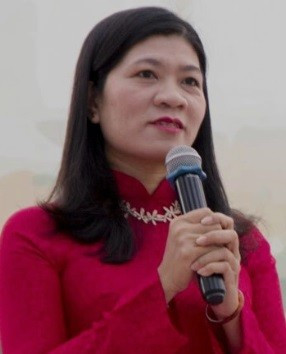
From the 2022-2023 school year, the school will implement a traditional classroom model combined with a “running” classroom. Accordingly, students can choose any 4 subjects from the elective subjects. With this model, each student has two timetables: a fixed class with compulsory subjects and a flexible class for elective subjects.
Based on students' wishes, the school arranges the timetable so that all mornings, students study compulsory subjects and specialized subjects in traditional classes. For example, 10th grade English students study in the morning in the 10th grade English class; in the afternoon, they study with students from other classes in their registered elective subjects, specialized subjects, Physical Education, and basic Artificial Intelligence (AI). Thus, each student will have a personalized timetable.
Of course, in the first year of implementation, the school encountered many difficulties when it had to add 8 more classrooms, and in the second year, 4 more classrooms. The school board had to make the most of the space that could be used for classrooms: Moving the supervisor's room to a more compact area, merging the boarding rooms to make room for classrooms, and integrating STEM and scientific research rooms.
Regarding the teaching staff, the school urgently recruited more Music and Fine Arts teachers to ensure enough staff for the two new subjects. Elective classes maintained a reasonable number of students, about 30 students/class, except for the Fine Arts specialized class with up to 50 students. The most difficult thing was to arrange a timetable for each student so that it did not overlap with other subjects, while ensuring that the teachers' teaching schedule was reasonable and met the required hours. The school had to combine both manual methods and technology applications to solve this problem.
The highlight of this model is creating conditions for students to maximize their personal capacity. They can choose subjects that suit their interests, abilities and career orientation. Unlike before, when they still had to study and take full tests when they did not like it, now students only study the subjects they love. The spirit of learning has been significantly improved, the learning atmosphere is more exciting and enthusiastic. Teachers also feel more excited when teaching students who are truly interested and love the subject.
Grade 10 students are only allowed to change their chosen subjects at the end of the school year. They must take a test and pass before they can change subjects. Changing subjects at the school is considered more convenient than at some other schools, because students choose each subject individually. When changing subjects, students only need to change one subject. Meanwhile, at schools that apply subject combinations, if they want to change one subject, students may have to change the entire combination.
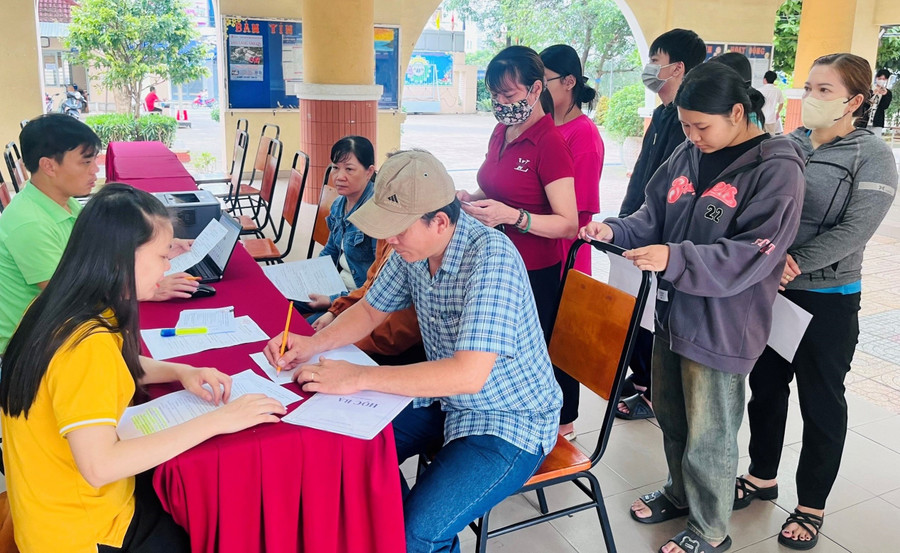
Source: https://giaoducthoidai.vn/xay-dung-nhom-mon-lua-chon-trong-truong-thpt-can-doi-de-dap-ung-nguyen-vong-post737138.html


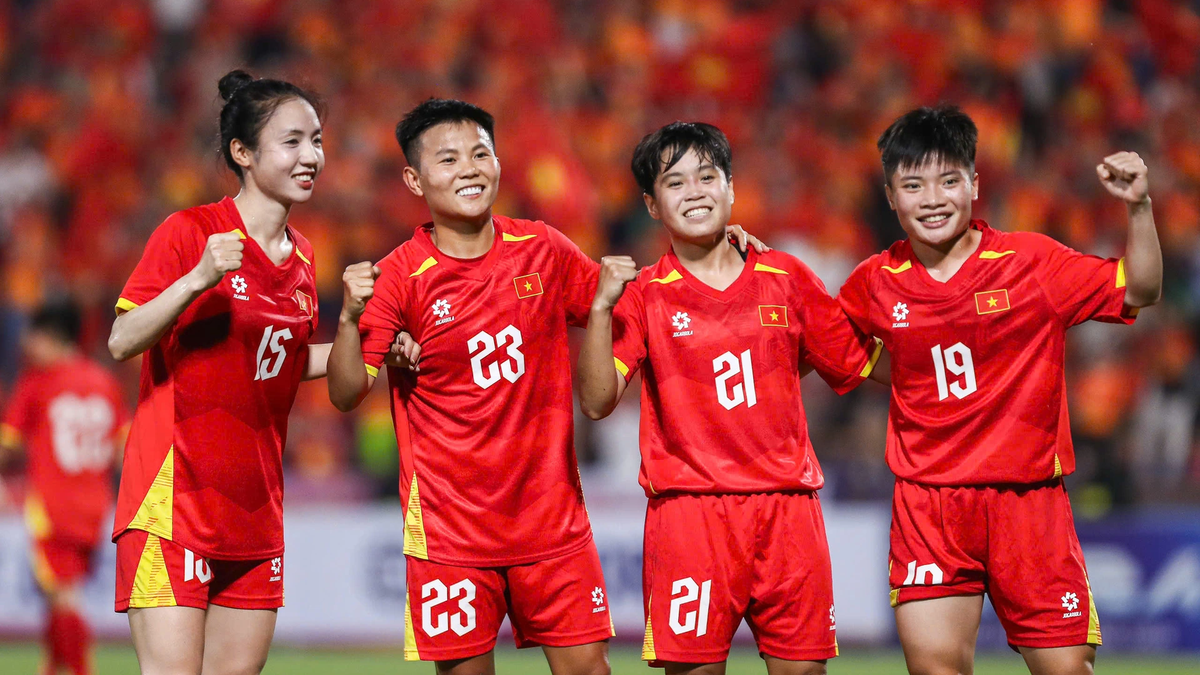



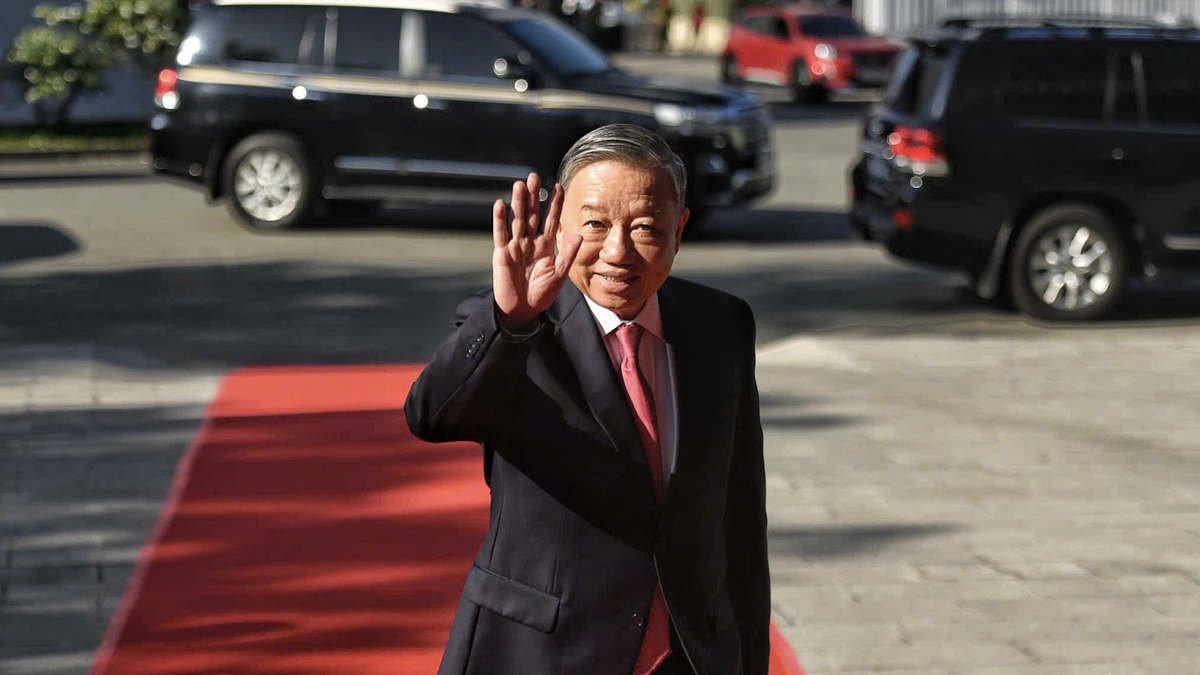
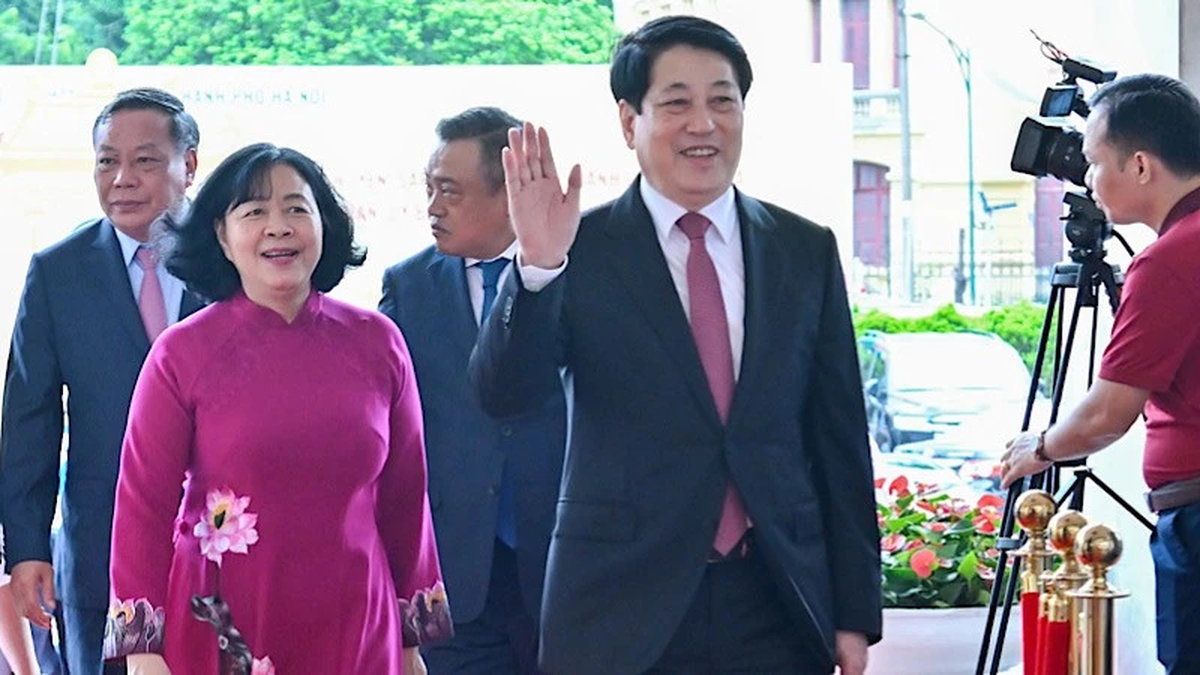
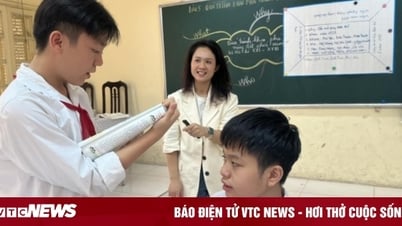



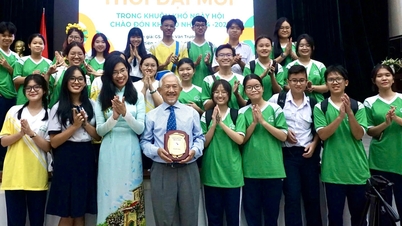



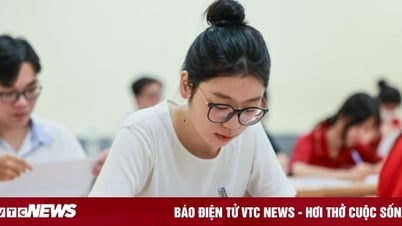

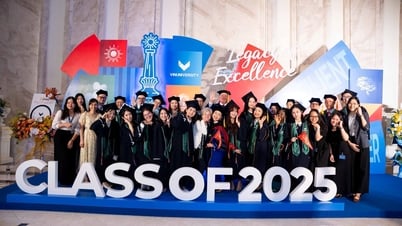

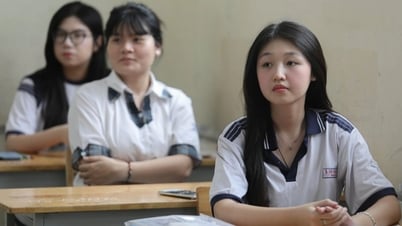

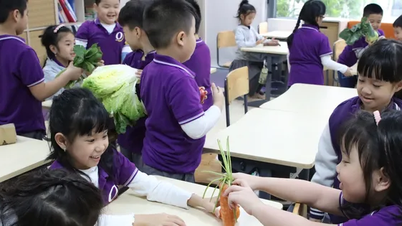





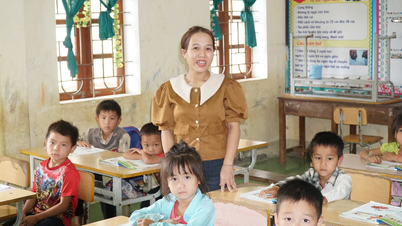
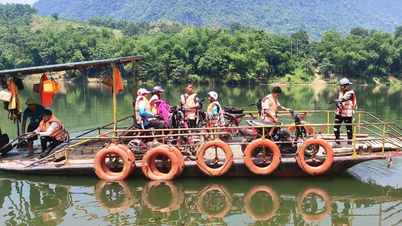
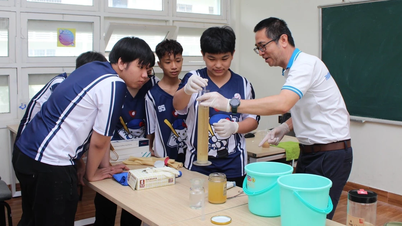


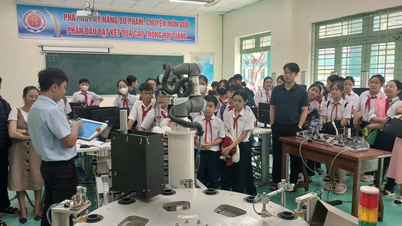
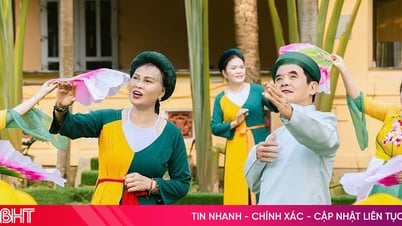


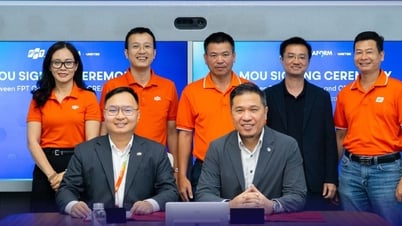



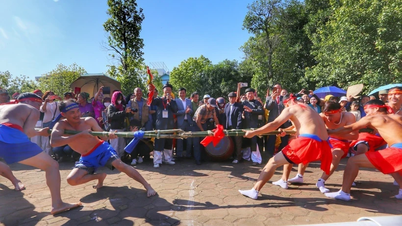

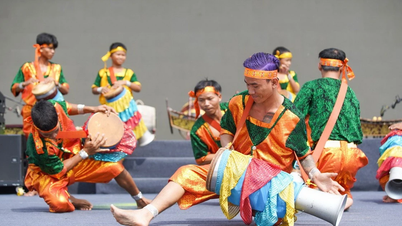
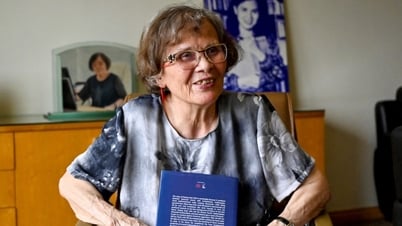
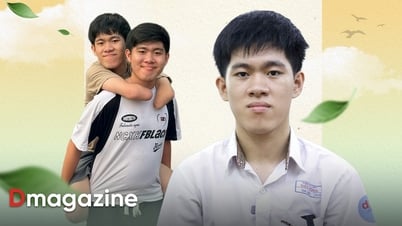
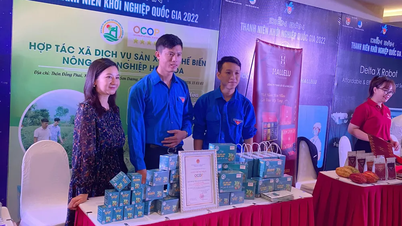

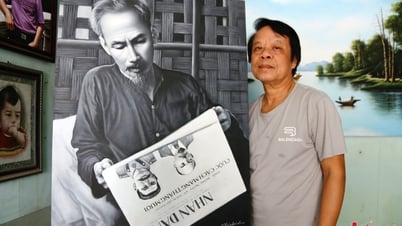

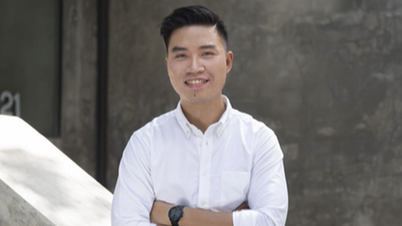
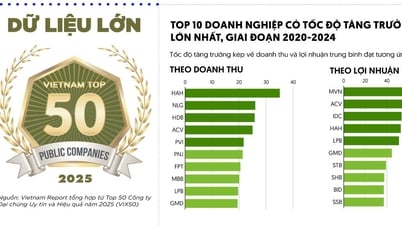


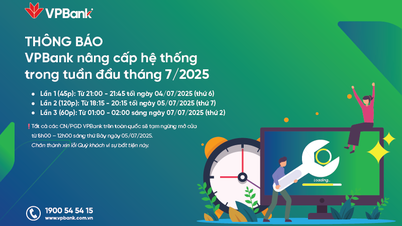
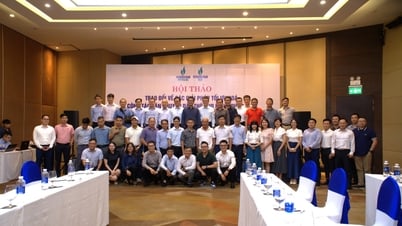
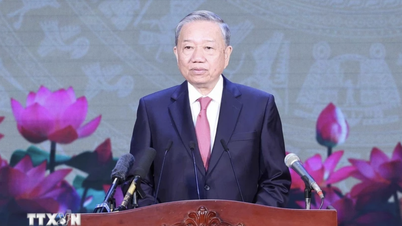
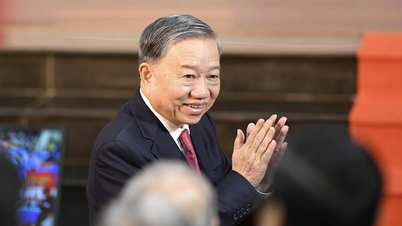

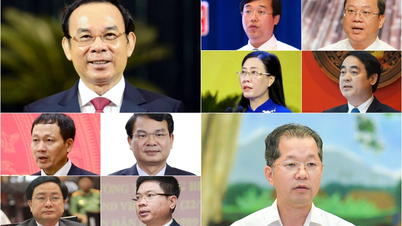

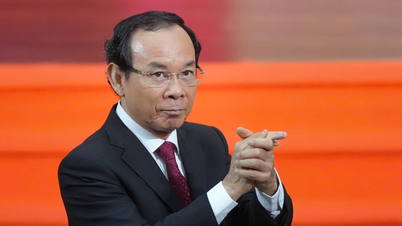

![[Photo] General Secretary attends the announcement ceremony of Resolutions on merging administrative units in Ho Chi Minh City](https://vphoto.vietnam.vn/thumb/402x226/vietnam/resource/IMAGE/2025/6/30/ab1bd03cc8bb4f60b2665f4915f258c5)
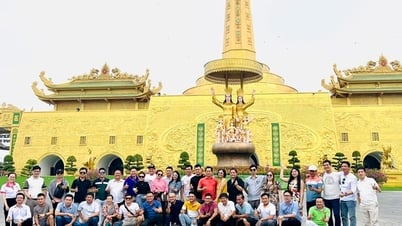

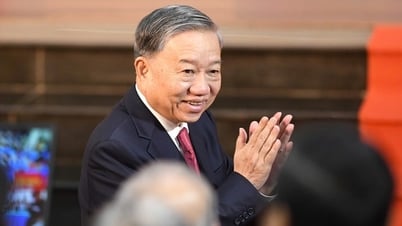


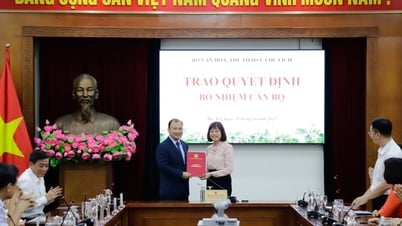
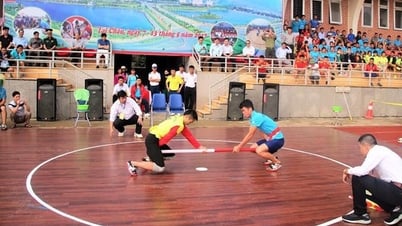

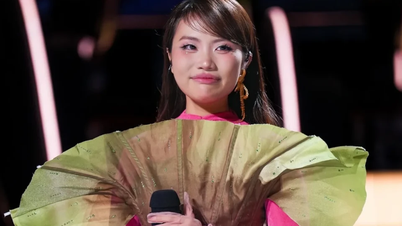



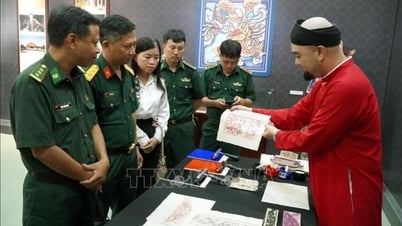












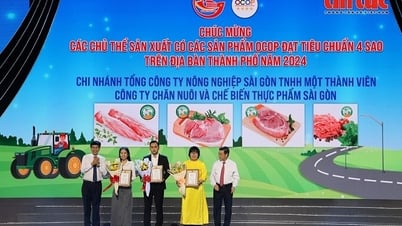

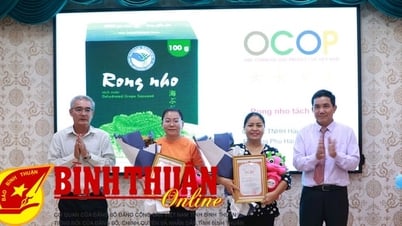

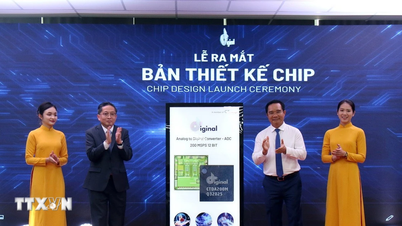



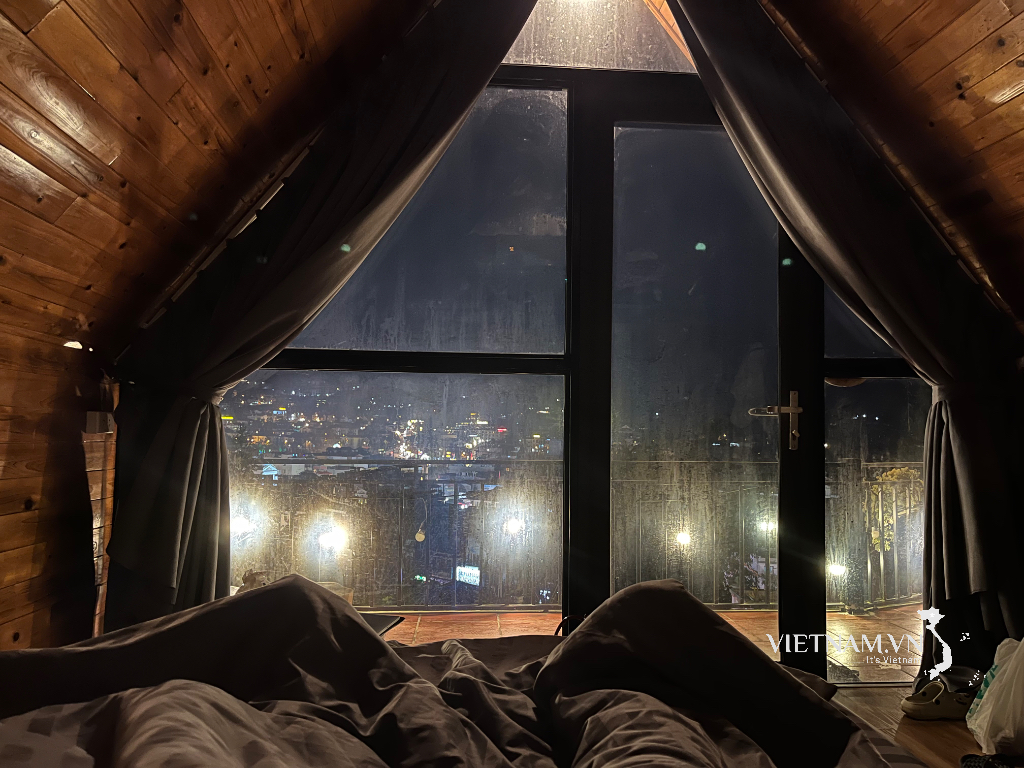

Comment (0)